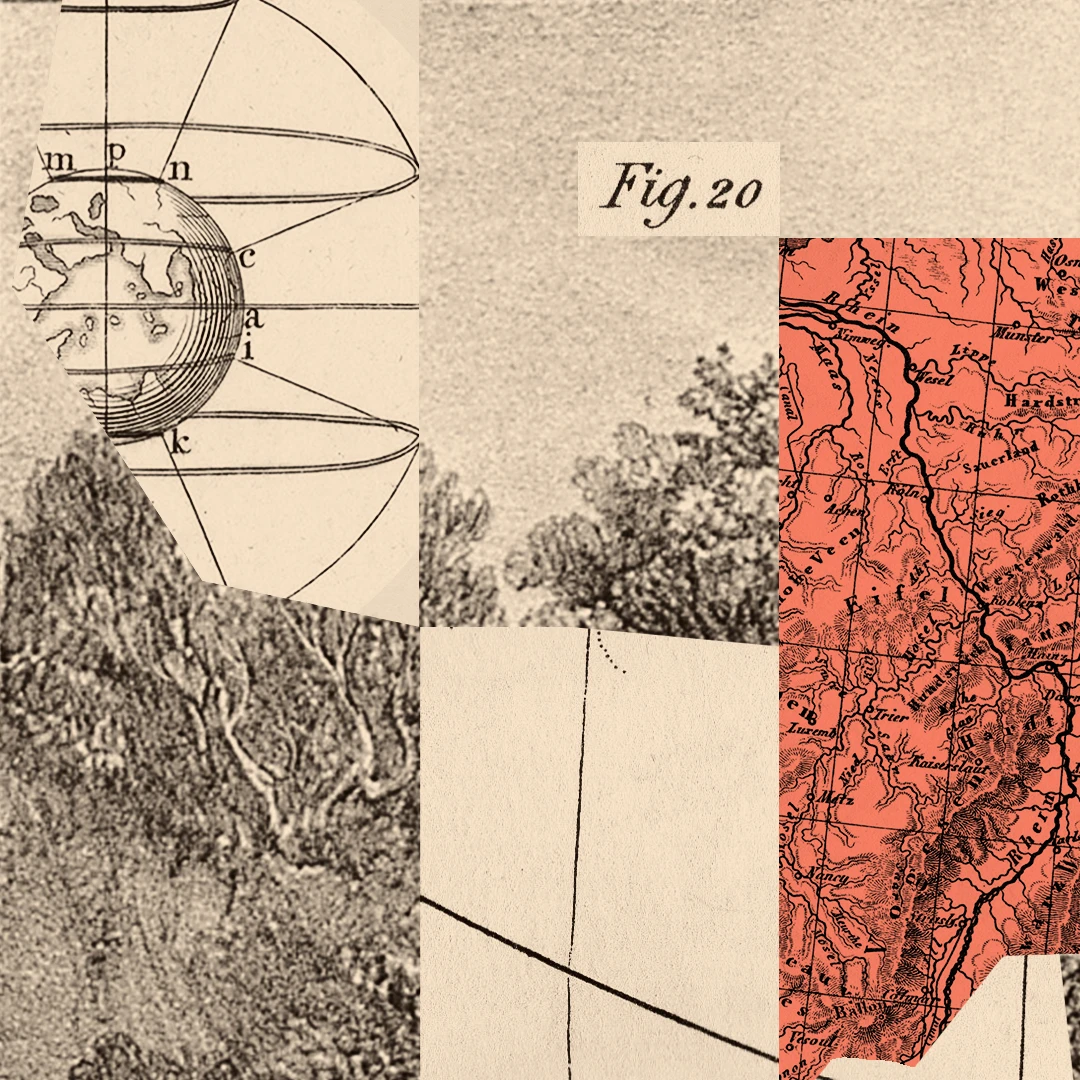The Marks of the Church

If you move to a new town, you have to find a new church. The search for a new church can be difficult and frustrating. If you pick up the Yellow Pages and look under “church,” you are likely to confront a bewildering array of possibilities. Perhaps you already have some fairly definite ideas of what you want in a church. You may be looking for a good youth group or active senior citizens group. You may want a powerful preacher or a certain kind of music. You may be very loyal to one denomination or you may like to “shop around.”
What should you be looking for in choosing a new church? Your first concern should be that the church be a “true church.” You do not want to choose a church that is part of a sect or a cult. You do not want a church that still bears the name of church, but whose lampstand Christ has removed (Rev. 1–3). How do you recognize a true church? This question was acute at the time of the Reformation. The Roman Catholic Church in the sixteenth century basically argued that Christ preserved the true church through the work of the pope, the bishop of Rome. The true church is easy to recognize because it is in fellowship with the pope. Any church that does not submit to the pope is a false church.
The Reformers did not accept Rome’s approach. They argued that the true church is not marked by submission to a supposedly infallible apostolic office—the Papacy—but by acceptance of apostolic truth. Luther declared that “the sole, uninterrupted, infallible mark of the church has always been the Word.” The true church is marked by submission to the Scriptures.
Anyone familiar with the Reformation knows the importance of the Bible in the formation of Protestantism. Against the claims of the medieval church that tradition, bishops, and councils were authoritative along with the Bible, the Reformers insisted that the Bible is the only absolute authority for Christians. The Bible must judge all traditions and church officers and assemblies. It is not surprising then that the Reformers taught that the centrality of the Word is the key mark of the true church. As one of the Reformation confessions put it, the true church is known “in short, if all things are managed according to the pure Word of God, all things contrary thereto rejected, and Jesus Christ acknowledged as the only Head of the Church” (Belgic Confession, Article 29).
This general recognition of the Word as the mark of the true church came to specific expression. Among the Reformed churches, eventually three marks were identified: faithful preaching of the Word, faithful administration of the sacraments, and faithful exercise of discipline.
In focusing on the marks of the church, the Reformers were not saying that all a good church needs to have are the marks of the church. They focused on the marks because the marks make the true church recognizable. The church of Christ has many more characteristics than the three marks. But these characteristics—we might mention prayer, fellowship, devotion—are not so easy to observe. The marks are important because they display the faithfulness of the church.
Preaching
Faithful preaching was the first mark of the true church because preaching most directly brings God’s Word to His people. The Reformers stressed that God's great means of speaking to His people was by preaching. Luther talked of the several forms that the Word takes. The first is the eternal Word, the second person of the Trinity. The second is the incarnate Word, Jesus. The third is the inscripturated Word, the Bible. The fourth is the “shouted Word,” the preaching. At the heart of Christian worship and life is the ministry of the Word in preaching. If preaching is not faithful, the life of the church cannot be faithful. It is an essential mark of the true church.
The Reformation insight into the Word as the great mark of the church must still guide and direct us to true churches of Christ.
Calvin added that this first mark of the true church is not just faithful preaching of the Word. A man standing on a street corner may be faithfully declaring the Word, but there is no church. Calvin said that in a true church a further dimension of this mark is that the Word must also be faithfully heard and received. Reformed worship is sometimes called a dialogue between God and His people—God speaks and His people respond. Calvin’s point is that if God speaks through the preaching of His Word and no one is listening and responding, then no church exists. But where the Word is faithfully preached and received, there the mark of the true church can be seen.
Sacraments
The second mark of the true church is the faithful administration of the sacraments. At first glance we might be tempted to think that this mark is really more a sixteenth-century concern than a contemporary one. The Reformation, after all, confronted the Roman church, which stressed the absolute centrality of its seven sacraments. Did the Reformers make the sacraments a mark of the church just to distinguish their teaching of two sacraments (baptism and the Lord’s Supper) from the sacraments of Rome?
The Reformers certainly had a more fundamental concern than just to separate themselves from Rome on the sacraments. They were convinced that the sacraments are a fifth form of the Word, the visible Word. That phrase—“the visible Word”—had originated with Augustine and Calvin in particular had repeated it. The sacraments visibly display the very heart of the Gospel. Baptism shows that we are saved only by the washing away of sin in Jesus, and the Lord’s Supper shows that Christians live only through the body and blood of Christ offered as a sacrifice on the cross. These sacraments are an observable mark of the true church. In a true church the biblical sacraments are faithfully administered and received.
Discipline
The third mark of the true church is discipline. The exercise of the discipline taught in Scripture demonstrates the church’s determination to pursue holy living before the Lord. If flagrant heresy or notorious unchristian behavior is tolerated in the church, how can that church be genuinely receiving the Word of God? Paul clearly insists that the church exercise such discipline (1 Cor. 5:1–5, 13). Discipline is necessary in the church according to the Belgic Confession (Article 32) to preserve harmony, unity, and obedience. Where such discipline is missing, the church is not recognizable as a holy community.
The early Reformers such as John Calvin did not identify discipline as a mark of the church. Calvin certainly recognized the vital importance of discipline and even called it “the sinew of the church.” Perhaps he felt that discipline was too subjective to function well as a mark. How faithful must a church be in discipline to qualify as a true church? But later Reformers saw the mark of discipline as one way of testing Calvin’s concern that the Word not only be preached but be truly received. If a Christian community does not exercise and submit to discipline to some extent, then no true church exists.
Each of the three marks is an expression of the one great mark, the Word. Each mark expresses an aspect of the Word’s life and power in the church. The true church submits to the Word of God. As the church father Tertullian said, “They are true churches which hold to what they received from the apostles.”
By God’s appointment the church is a vital and necessary institution. Each Christian needs the fellowship and ministry of the church. But that spiritual need can only be met by a true church. Today the variety of churches in the Yellow Pages makes the marks of the church more important and useful than ever. The Reformation insight into the Word as the great mark of the church must still guide and direct us to true churches of Christ.



